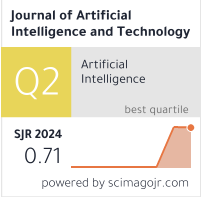Problem-Based Cybersecurity Lab with Knowledge Graph as Guidance
DOI:
https://doi.org/10.37965/jait.2022.0066Keywords:
laboratory, knowledge graph, cybersecurityAbstract
Lecture-based teaching paired with laboratory-based exercises is mostly used in cybersecurity instruction. However, it focuses more on theories and models but fails to provide learners with practical problem-solving skills and opportunities to explore real-world cybersecurity challenges. Problem-based learning (PBL) has been identified as an efficient pedagogy for many disciplines, especially engineering education. It provides learners with real-world complex problem scenarios, which encourages learners to collaborate with classmates, ask questions, and develop a deeper understanding of the concepts while solving real- world cybersecurity problems. This article describes the application of the PBL methodology to enhance professional training- based cybersecurity education. The authors developed an online laboratory environment to apply PBL with Knowledge Graph (KG)-based guidance for hands-on labs in cybersecurity training. Learners are provided access to a virtual lab environment with KG guidance to simulated real-life cybersecurity scenarios. Thus, they are forced to think independently and apply their knowledge to create cyber attacks and defend approaches to solve problems provided to them in each lab. Our experimental study shows that learners tend to gain more enhanced learning outcomes by leveraging PBL with KG guidance, become more aware of cybersecurity and relevant concepts, and express interest in keep learning of cybersecurity using our system.
Metrics
Published
How to Cite
Issue
Section
License
Copyright (c) 2022 Authors

This work is licensed under a Creative Commons Attribution 4.0 International License.





